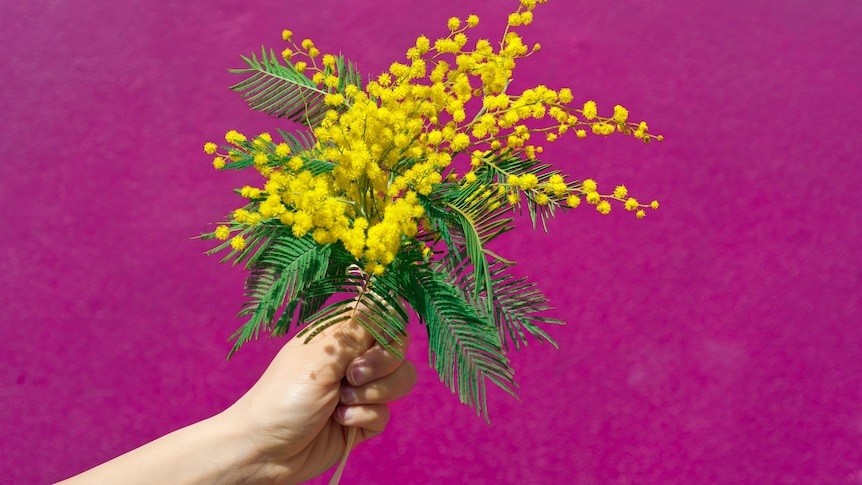
If you’ve been driving around our local area you can’t fail to have noticed that the wattle is out in all its golden glory. One of our most loved native plants its colours have given us our national colours of green and gold.
The wattle has long had a special, even sentimental, meaning for Australians, so there are lots of reasons to celebrate its arrival and that of Wattle Day which was just held on 1 September.
One of the early stirrings of organised wattle love was in 1899 with the formation of the Victorian Wattle Club. For decades it organised bush walks to ‘view wattle’ every September. The club’s founder, Archibald James Campbell, was the first person to suggest that Wattle Day be celebrated across Australia on the same day.
Sydney’s Government Botanist agreed, in 1909 advocating:
‘…for the setting apart throughout the Commonwealth [of] a day on which the Australian national flower - the Wattle Blossom - might be worn, and its display encouraged.’
The following year, on 1 September 1910, the first National Wattle Day was celebrated in Sydney, Melbourne and Adelaide. Three years later the Australian Prime Minister, Andrew Fisher, changed Australia’s Coat of Arms to include more relevant Australian symbols and made two sprays of wattle the background feature.
After World War I broke out wattle became a strongly patriotic symbol, with sprigs of wattle sold in the street to raise money for the Red Cross’s humanitarian war work. Wattle was also presented at docks and train stations to returning service men and women, a beautiful gesture for an undoubtedly emotional homecoming.
Cessnock didn’t slouch when it came to putting on its own local Wattle Day celebration. On 6 September 1955 more than 280 young people attended the first annual Wattle Ball at the Lyceum Hall.
Descriptions of the hall that night tell us that strings of coloured lights were looped across the ceiling, crepe paper in various hues decorated the supper tables and keeping true to the Wattle Ball’s theme, branches of wattle and other native trees were wound through lattice screens which had been placed throughout the venue.
It must have been a glorious night.
Wattles are perfectly evolved for our climate, they are drought tolerant and among the first plants to regenerate after fire. Wattle welcomes in the spring, painting our national colours across the land – a beautiful symbol of Australia and Australians.